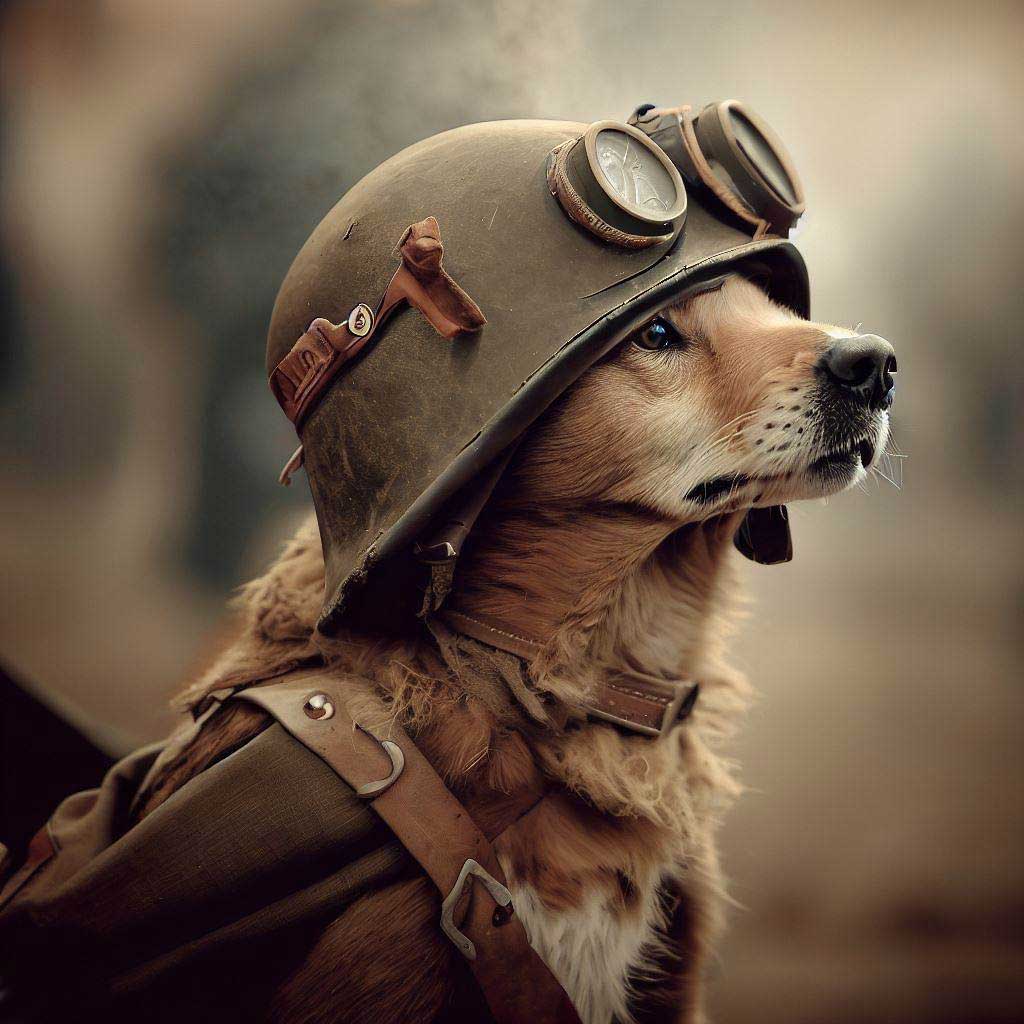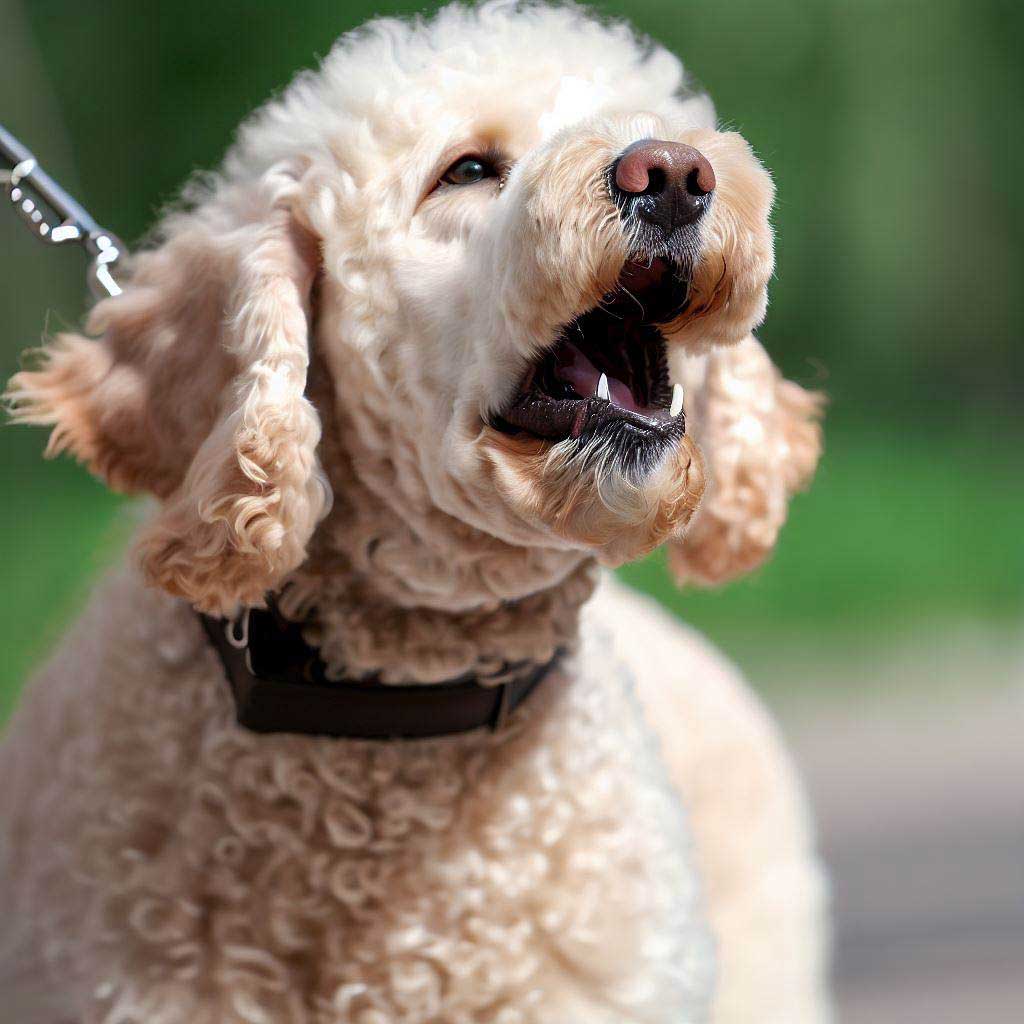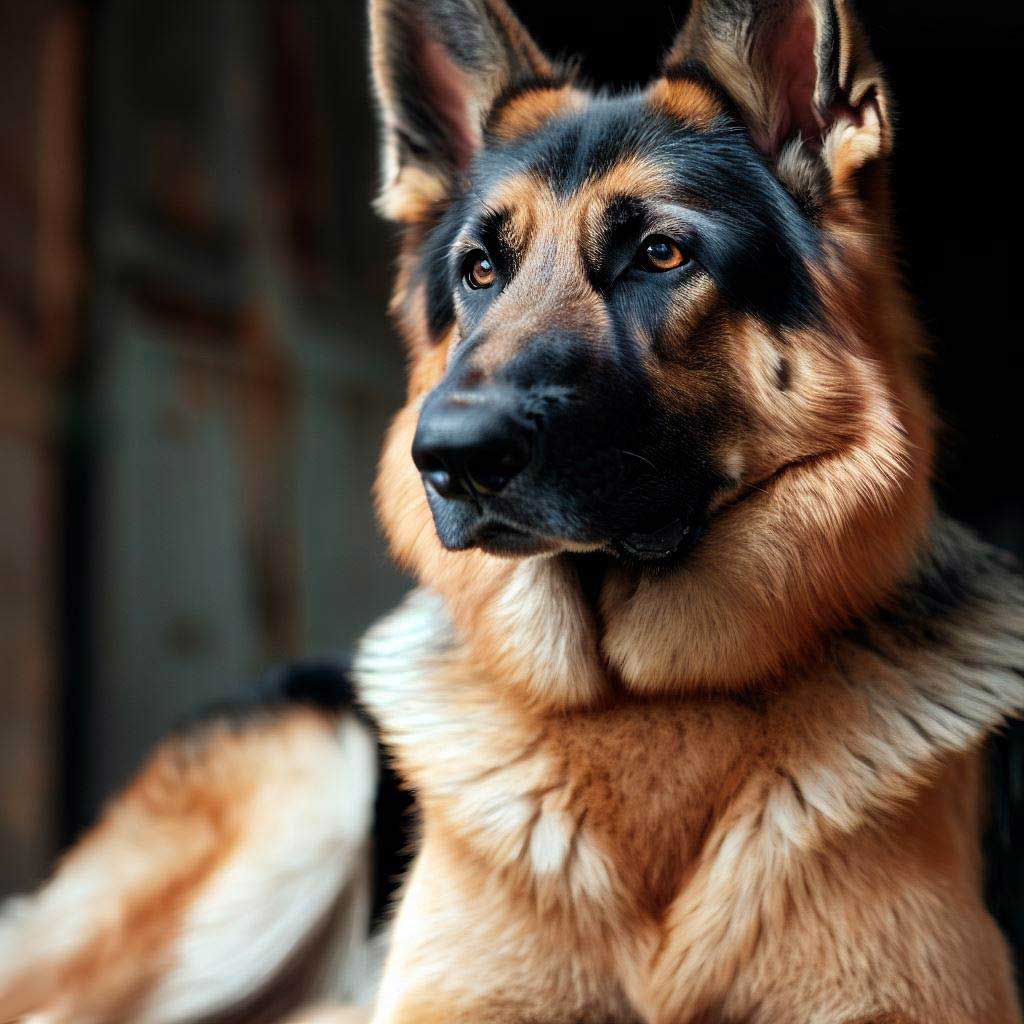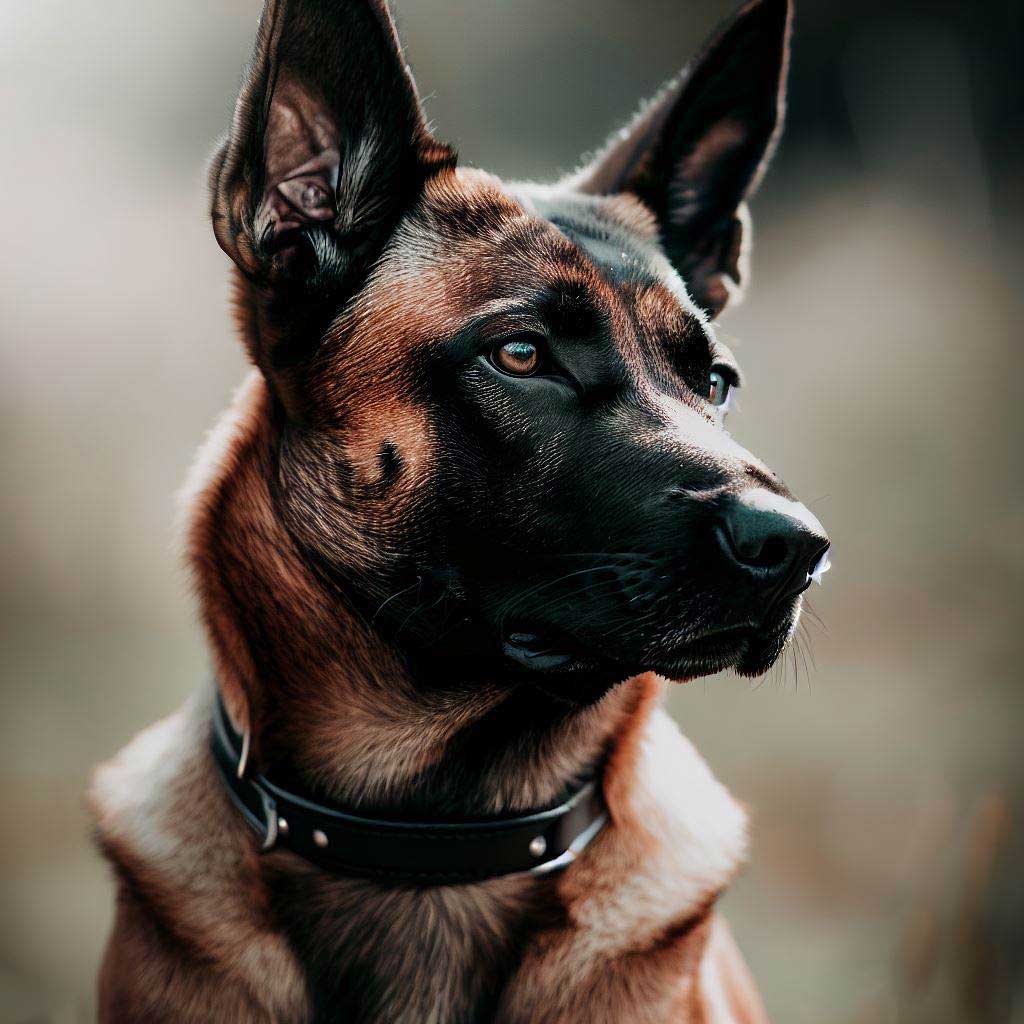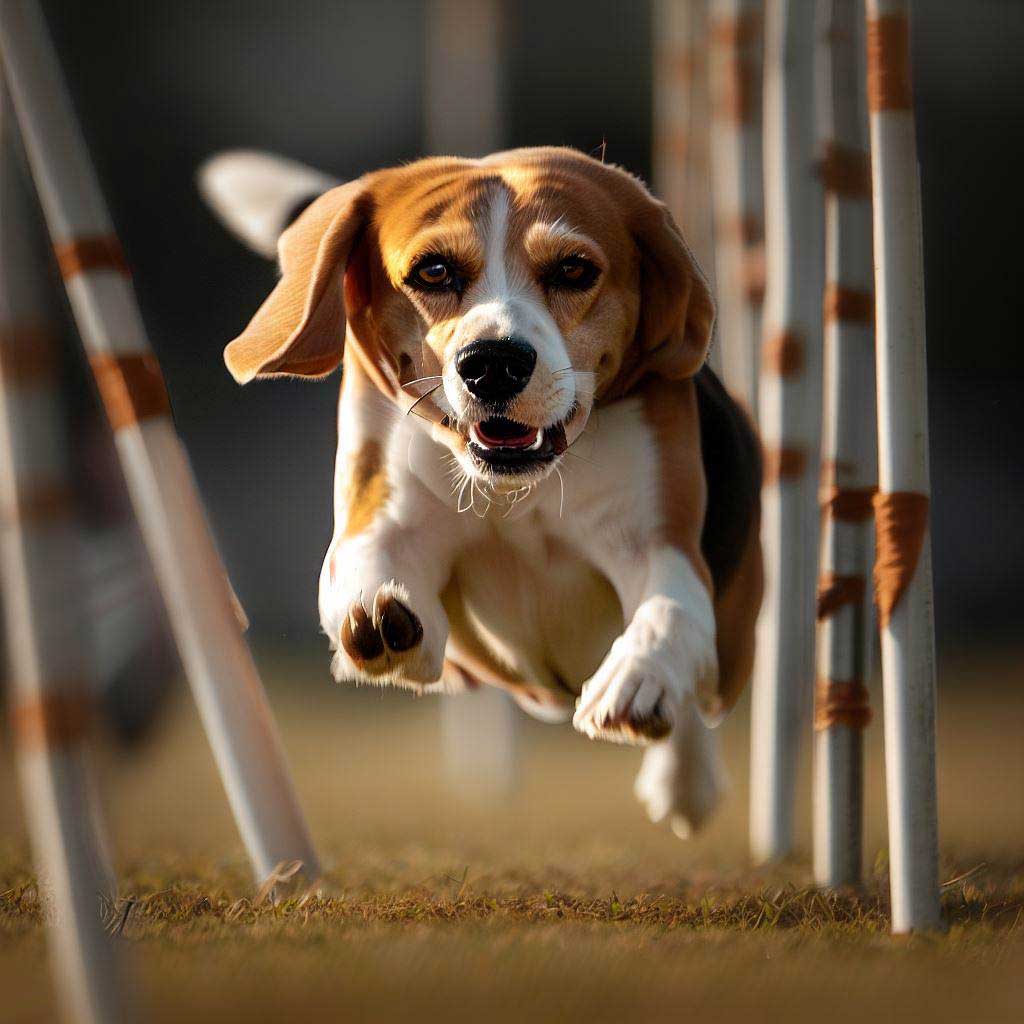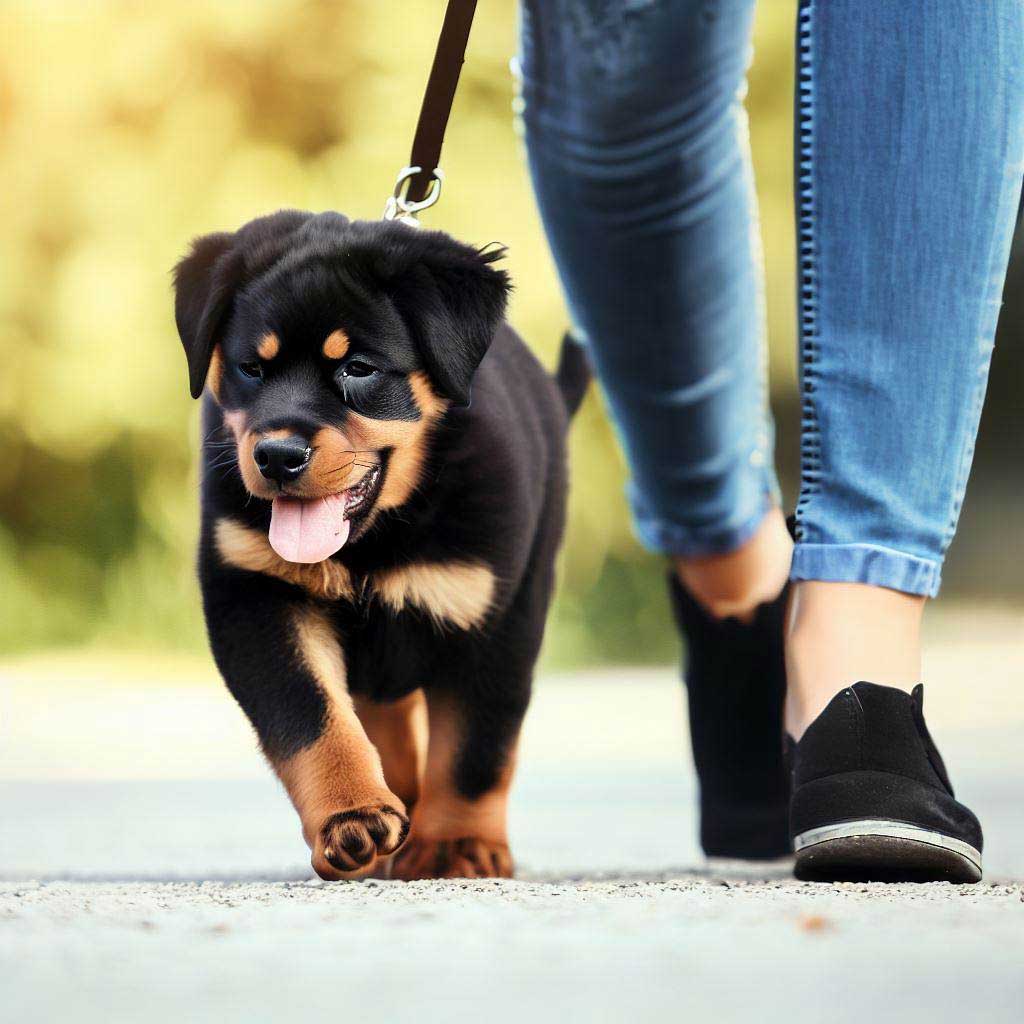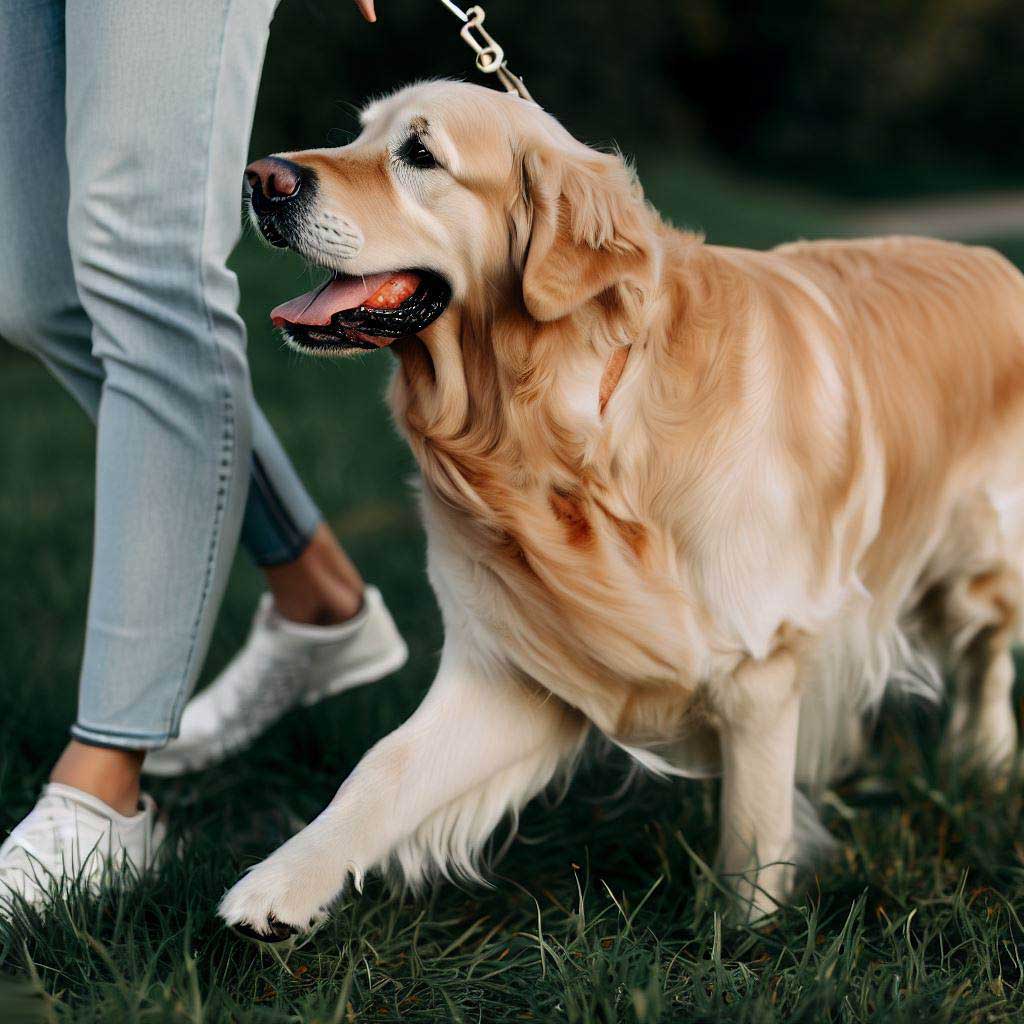The History of Training Dogs beckons. Step into millennia of learning, growth, and an undying bond. A story every dog lover must know.
Table of Contents
Ah, the undeniable magic between humans and dogs! Hasn’t it always mesmerized you? Delve into that unique bond, that deep-rooted connection we’ve forged over millennia. Now, as you stand here at this moment, imagine the critical role training played in this profound evolution. Moreover, think of this: without those training nuances, would this bond be as unique as it is today?
The Ancient History of Dog Training
Domestication and Early Relationships
Let’s time travel, shall we? Journey back to when wolves, not the docile golden retrievers, roamed wild. Now, picture this: a prehistoric human sharing his meal with a wild beast. Sounds unthinkable, right? Yet, this marked the beginning of an extraordinary relationship. As theories abound, one of the most plausible suggests early humans tamed and trained these wolves, making them invaluable allies. Why, you ask? The roles they played! From hunting, where they tracked, trapped, and fetched, to herding and guarding, these early dogs were essential. Therefore, this formative phase, bursting with intriguing theories, underscores the foundation of today’s bond.
Ancient Civilizations and Dog Training
Imagine a time when pharaohs ruled and pyramids stood tall. The Egyptians, known for their intricate hieroglyphs, left behind mesmerizing depictions of dogs. Leashed, trained, and revered – these images speak volumes. However, while Egyptians trained dogs, the Greeks and Romans weren’t left behind. Dive deep into Greek and Roman literature, and what do you find? Detailed descriptions of training methodologies, practices, and the critical role dogs played in their societies. These ancient texts are, indeed, windows into the bygone era, revealing a world where dogs weren’t merely pets but trained companions in various ventures.
Asian Influence on Dog Training
Moving slightly east, the ancient Chinese, with their vast knowledge and wisdom, also played their part in the training saga. For them, dogs weren’t merely animals; they were symbols of loyalty and trust. Consequently, the Chinese applied unique training techniques, molded by their cultural practices and traditions. Meanwhile, in the rugged terrains of Tibet and Nepal, breeds like the Tibetan Mastiff were more than just pets. Think about this: training dogs for harsh, icy, and treacherous environments. Certainly not a walk in the park! These dogs were conditioned, trained, and prepped to withstand such conditions, making them indispensable to their human counterparts.
Medieval Period to the Renaissance
Dogs in Warfare and Royalty
Fast-forward to a time of knights, castles, and tales of epic battles. Ever wondered how dogs fit into this? Quite seamlessly, to be honest. War dogs, armored and fierce, charged into battles, causing chaos and fear. Furthermore, these dogs weren’t merely thrust into warfare. Oh no! They underwent rigorous training, each technique sharpening their instincts, ensuring they were formidable on the battlefield. And when they weren’t on the battleground? They were by the side of kings and queens. Royalty, always a step ahead, recognized the invaluable companionship of dogs. Lavishly trained, these dogs became symbols of power and prestige, taking their places alongside nobles in courts and during hunts.
Training for Work and Utility
But, let’s not forget: not every dog wore armor or lounged in palaces. Indeed, many had roles far removed from combat and luxury. Take herding, for instance. As society evolved, so did our needs. And with these needs, emerged new training techniques, especially for work and utility. Imagine vast pastures dotted with sheep and cattle. Now, visualize a dog, agile and alert, directing the herd, responding to every command of the shepherd. Mesmerizing, isn’t it? This art of herding didn’t develop overnight. Furthermore, roles expanded. From pulling carts laden with goods to catching pesky rats in barns, dogs were trained for myriad tasks. Each role, distinct yet intertwined, showcases the myriad ways we’ve trained our canine friends.

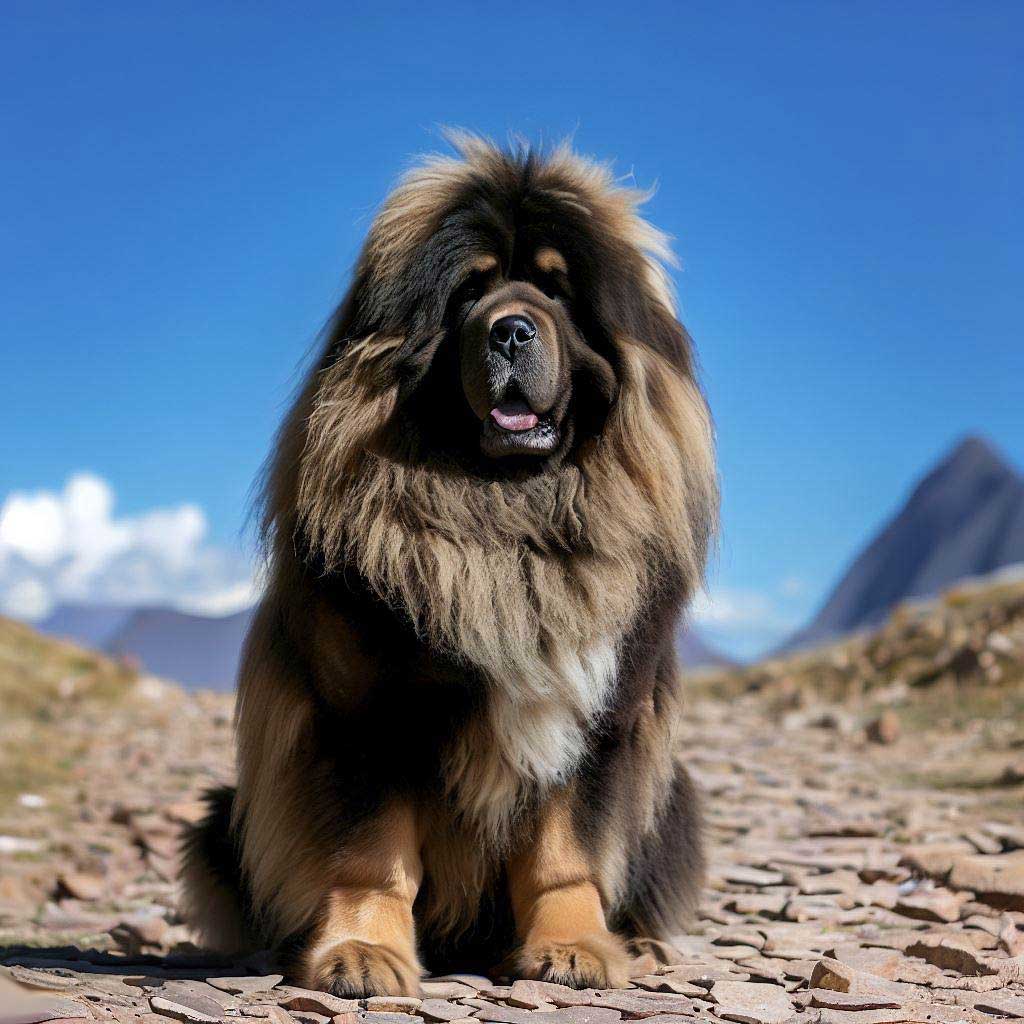
“The Egyptians, known for their intricate hieroglyphs, left behind mesmerizing depictions of dogs. Leashed, trained, and revered…”
Modern History of Dog Training
The Birth of Formal Dog Training Schools
Step into the modern era, where man’s best friend isn’t just a companion but a reflection of systematic training paradigms. Ever thought about where formal dog training started? Look towards Europe and America, where pioneers sculpted the first formal dog training schools. These key figures, legends in their own right, carved a niche for themselves, altering the landscape of canine training. As these schools blossomed, so did methodologies. Transitioning from rudimentary techniques, the evolution brought forth structured, efficient, and, most importantly, effective training regimens.
World Wars and the Role of Dogs
The world wars weren’t just human affairs; dogs played an integral role too. Think about it: from the chilly trenches to scorching deserts, dogs served diligently. Now, visualize messenger dogs, darting through battlegrounds, delivering critical information. Furthermore, imagine mine-detection dogs, with their keen noses, saving countless lives by sniffing out hidden dangers. And guard dogs? Their imposing presence ensured security in tumultuous times. However, post-war periods saw a paradigm shift. With war over, these heroes transitioned to domestic life, bringing with them an altered approach to pet dog training, blending military precision with homely affection.
The 20th Century: Scientific Approach to Dog Training
Science and dogs? An unlikely pair, you might think. However, the 20th century married these two, changing dog training forever. Enter positive reinforcement, a technique pivoting around rewarding desirable behavior. Sounds simple, right? But its impact? Monumental! And who can we thank? Figures like Ivan Pavlov, with his ringing bells, and B.F. Skinner, the behaviorist genius. Their work, though initially not directly focused on dogs, cascaded into the world of canine training, molding the techniques that are now second nature.
The Rise of Dog Sports and Competitions
Ah, the exhilarating world of dog sports! Have you ever been captivated by a dog’s agility, darting through obstacles, leaping over hurdles, or catching frisbees mid-air? Well, the rise of such sports and competitions wasn’t overnight. As the bond between humans and dogs deepened, so did the desire to showcase their skills. Consequently, from obedience trials, testing a dog’s discipline, to flyball, where teams race against each other, the arena of dog sports exploded. Behind each participating dog? Hours of rigorous training, honing techniques for high-performance, ensuring not just victory but a display of unparalleled synergy between man and beast.
Training Dogs for Specialized Roles
Beyond sports and domestic companionship, dogs have donned roles that are, without a doubt, remarkable. Ponder upon service dogs, guiding the visually impaired, or therapy dogs, offering solace in hospitals and therapy centers. Additionally, emotional support animals provide comfort to those grappling with emotional and psychological challenges. Training these dogs, however, isn’t child’s play. It demands patience, precision, and an in-depth understanding of human needs. Furthermore, the modern era has accentuated the importance of certifications, ensuring that dogs in these roles are not just trained but are the epitome of their training regimen.


“For the ancient Chinese … Dogs weren’t merely animals, they were symbols of loyalty and trust…”
Current Trends and the Future
The Age of Technology in Dog Training
In this digital age, even dog training isn’t spared from the clutches of technology. While traditional methods hold their ground, online courses and digital resources are rapidly gaining traction. Why? Because they offer flexibility, a plethora of information, and the luxury of pacing as per individual needs. Additionally, with the emergence of smart devices, training tools have undergone a revamp. From smart collars that monitor a dog’s behavior to apps that offer training tips, technology has seamlessly intertwined with traditional training, paving the way for a future that promises innovation at every step.
Ethical Considerations in Dog Training
However, as techniques evolve, so do the ethical considerations surrounding dog training. Gone are the days when aversive methods, which employed fear and punishment, were the norm. Today, the emphasis is on understanding, compassion, and positive reinforcement. Why the shift? Simply because understanding canine psychology is paramount. Recognizing that dogs, much like humans, respond better to love, rewards, and patience ensures that the training process isn’t just efficient but also strengthens the bond between the trainer and the trainee. Thus, as we stand at the cusp of the future, the core remains unchanged: a relationship built on mutual respect, love, and understanding.
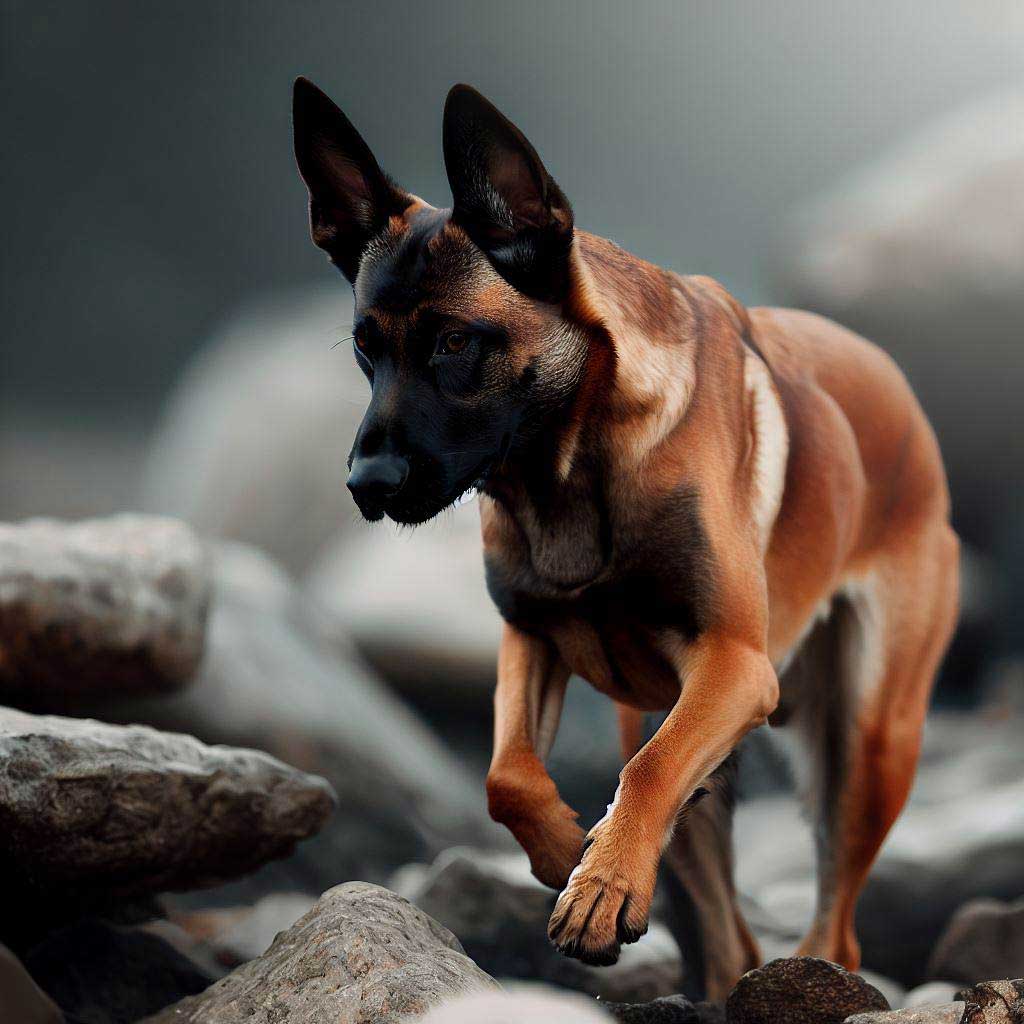

“The world wars weren’t just human affairs; dogs played an integral role too.”
Conclusion: History of Training Dogs
The Transformative Journey of Dog Training
Imagine, just for a moment, standing at the cusp of history, looking back through the swirling mists of time. See in front of you the journey that has been traveled, the paths that have been treaded, in the arena of dog training. It’s nothing short of astounding. From the rudimentary means used by ancient civilizations to the intricate, scientifically backed methods of today, dog training has transformed, morphed, and evolved. As you stand there, you’d witness dogs being trained as sentinels in Egyptian pyramids, marvel at the methods employed by Greeks and Romans, be captivated by the sheer resilience of Tibetan breeds trained to withstand the harsh mountain terrains, and watch in awe as modern-day trainers use technology as their ally.
Furthermore, interspersed within these snippets of training techniques, lie the stories of wars. Here, dogs, ever loyal, served as messengers, mine detectors, and guards. Transitioning into the peace that followed wars, these canine soldiers became household companions, bringing with them the discipline of the battlegrounds and the love yearned from human companionship.
Now, as you transition from the global stages of wars to the intimate arenas of dog sports and specialized roles, the transformation becomes even more evident. The sheer agility with which a dog leaps, the discipline displayed during obedience trials, and the empathy of a therapy dog – each stands testament to the myriad ways dog training has expanded, embraced change, and set benchmarks.
Emphasizing the Ever-Evolving Bond Between Humans and Dogs
Yet, while techniques, methods, and purposes have evolved, one thread remains constant, weaving through the tapestry of time – the bond between humans and dogs. Think about it. Even as ancient man trained his dog to aid in hunting, wasn’t there an unspoken bond of trust? Similarly, when a soldier in the World War whispered commands to his messenger dog, wasn’t there a promise of loyalty? And today, when you reward your pet for fetching the newspaper, isn’t there a shared moment of joy?
This bond, over millennia, has only deepened. As training methods have become more compassionate, understanding, and rooted in positive reinforcement, the relationship between man and beast has evolved too. Gone are the days when dogs were merely tools or guards. Today, they’re companions, friends, and family. Every command taught, every trick learned, every pat given, and every tail wag serves to fortify this relationship.
As we move forward, who knows what the future holds for dog training? With the advent of technology and a growing emphasis on ethical methods, the skies are the limit. But amid these waves of change, this much is certain: the bond between humans and dogs, fortified by thousands of years of companionship and trust, will only continue to flourish. So, as you step forward, cherish this bond, nurture it, and let it guide you in every step, command, and reward.
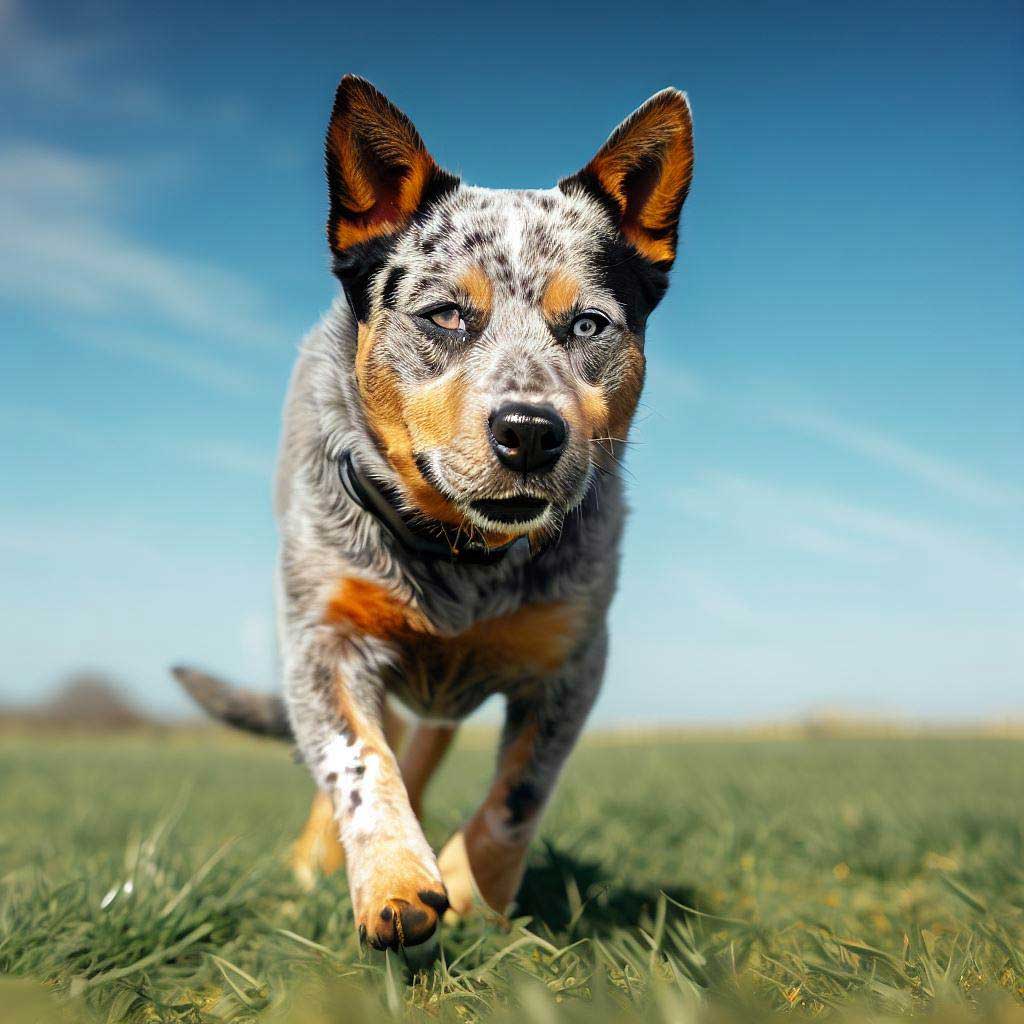
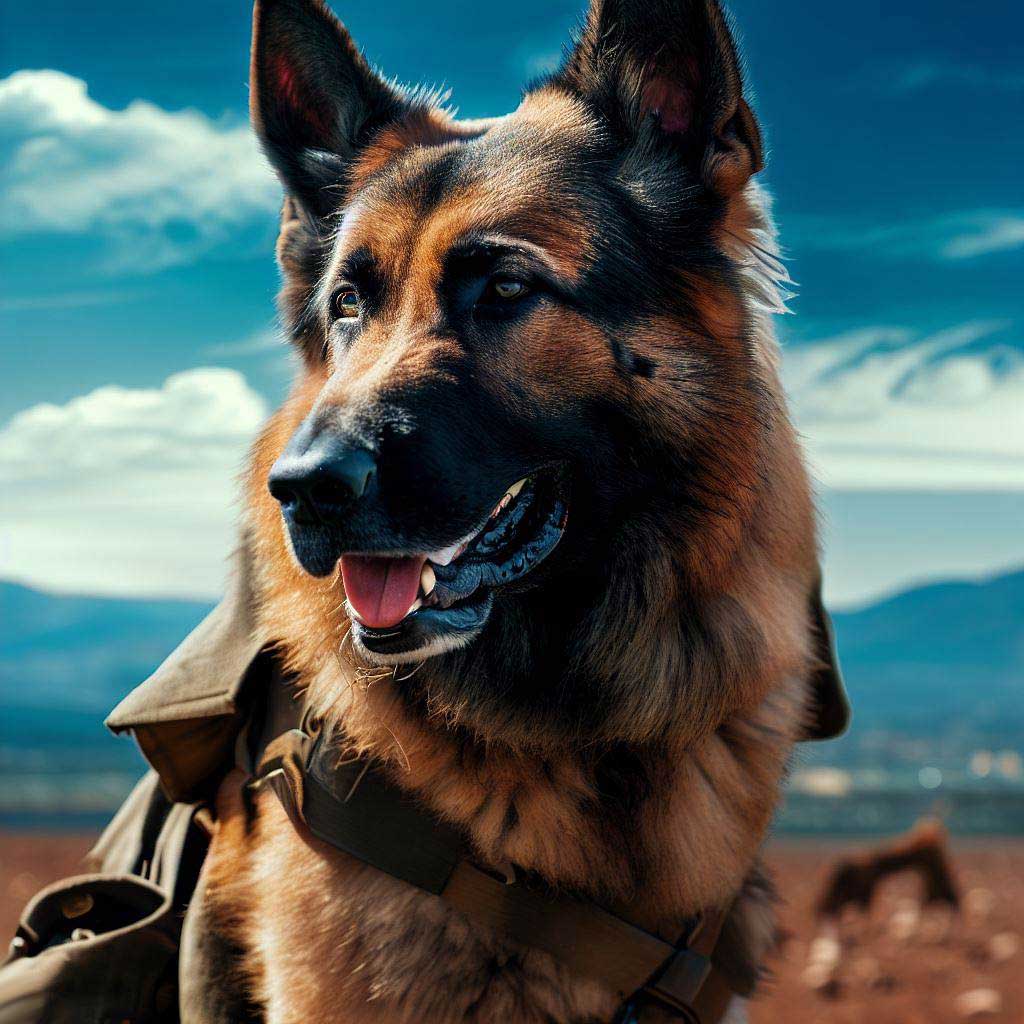
“While techniques, methods, and purposes have evolved, one thread remains constant, weaving through the tapestry of time – the bond between humans and dogs.”
FAQ: History of Training Dogs
When did humans first start training dogs?
Stepping back into the annals of time, one discovers that humans began training dogs nearly 15,000 to 20,000 years ago. Back then, as wolves gradually transitioned into the first domesticated dogs, early humans saw potential.
By selecting and breeding the most obedient and useful canines, humans subtly yet significantly began the earliest forms of dog training. Thus, while sophisticated training methods have developed over the years, the foundational bond and mutual understanding between man and canine began all those millennia ago.
What were the primary reasons for training dogs in ancient civilizations?
In the sprawling landscapes of ancient civilizations, the reasons for training dogs were multifaceted. Initially, dogs were trained for practical and survival purposes.
Hunting was paramount, and dogs were invaluable allies, tracking down prey and retrieving it. Moreover, as societies evolved, dogs took on roles in herding livestock, guarding territories, and even participating in religious or ceremonial rites.
Ancient Egyptian artwork, for instance, frequently showcased dogs alongside their pharaohs, suggesting their esteemed roles as protectors and companions.
How did war impact the methods and purposes of dog training?
The clang of war invariably brought about drastic changes in dog training. In the tumultuous periods of conflict, dogs were often trained for militaristic purposes. Messenger dogs carried critical communications across battlefields, mine-detection dogs saved countless lives by sniffing out hidden threats, and guard dogs patrolled and protected territories.
Consequently, the training methods during these times were rigorous, prioritizing discipline and reliability. After wars, however, many of these military-trained dogs transitioned into household pets, inadvertently influencing pet dog training methodologies with their disciplined backgrounds.
Who are some of the most influential figures in modern dog training?
In the vibrant tapestry of modern dog training, certain names stand out prominently. Ivan Pavlov, with his groundbreaking work on classical conditioning, revolutionized our understanding of behavioral responses.
Then, there’s B.F. Skinner, who delved deep into operant conditioning and laid the foundation for positive reinforcement techniques. In more recent times, trainers like Karen Pryor and Dr. Ian Dunbar have advocated for force-free methods, emphasizing understanding and communication over dominance.
How has technology influenced dog training in recent years?
Technology, in its relentless march forward, has significantly impacted dog training. From online courses that allow trainers worldwide to share and learn new methodologies, to advanced training tools and gadgets, the influence is evident.
Tools like clickers, while simple, have technological roots. Moreover, smart collars and apps provide feedback on a dog’s behavior, making training more precise and personalized. Thus, as we immerse deeper into the digital age, the symbiosis between technology and dog training continues to strengthen.
What are some of the ethical considerations every dog trainer should be aware of?
Ethical considerations in dog training are paramount. First and foremost, there’s an increasing emphasis on the welfare of the dog. This means avoiding any method that induces fear, pain, or stress.
Techniques that employ choke chains, shock collars, or physical punishment are now widely frowned upon.
Instead, the focus is on positive reinforcement, building trust, and ensuring the dog’s mental well-being. Additionally, understanding individual dog temperaments and ensuring they aren’t pushed beyond their limits is essential.
How has our understanding of canine psychology changed over the years?
As the decades have rolled on, our comprehension of canine psychology has deepened and evolved. Gone are the days when dogs were viewed merely as subservient beings to dominate.
Modern science recognizes dogs as complex, emotional creatures with individual personalities and needs. We’ve come to understand concepts like dog cognition, their capacity for emotions like joy, fear, and even jealousy.
With this nuanced understanding, training methods have adapted, focusing more on mutual respect and understanding than mere obedience.
Why have aversive training methods become controversial?
Aversive training methods, which rely on inducing fear or discomfort in a dog to encourage or discourage behaviors, have come under scrutiny for several reasons.
Firstly, there’s mounting evidence suggesting these methods can lead to increased aggression, fear, and stress in dogs.
Secondly, positive reinforcement techniques have been shown to be just as effective, if not more so, without any adverse side effects. Given the choice between a method that may harm a dog mentally or physically and one that nurtures and rewards, the preference has naturally tilted towards the latter.
What roles do dogs play in modern society that require specialized training?
Dogs, in today’s world, wear multiple hats. They serve as police and military dogs, detecting narcotics or explosives. Many are service dogs, guiding the visually impaired, assisting those with mobility challenges, or even detecting medical conditions like seizures.
Then there are therapy dogs, providing comfort in hospitals, schools, or disaster-stricken areas. Each of these roles requires specialized, rigorous training to ensure the dog is not only efficient but also comfortable in its job.
What might the future hold for dog training techniques and methodologies?
Peering into the crystal ball, one can envisage a future where dog training is even more personalized, ethical, and tech-driven. Virtual reality might simulate environments for training without real-world distractions.
Genetic studies might provide insights into breed-specific training nuances. But, amidst all this progress, one thing will remain unchanged: the core bond of love and trust between humans and dogs. For, at its heart, dog training is, and will always be, about strengthening this timeless bond.
What is the history of dog training methods?
Embark on a whirlwind journey through time, where the intricate dance of dog training methods unfolds. In the beginning, the methods were rudimentary, often based on dominance and submission. However, as civilizations advanced, so did their understanding of canine behavior. The Greeks and Romans, for instance, introduced structured training methods, using tools and commands. Moving forward, the Enlightenment era brought more humane techniques. In the modern age, the blend of science and compassion has given rise to positive reinforcement, creating a harmonious balance between discipline and affection.
Where did dog training start?
Ah, the origins of dog training! Cast your mind back to the prehistoric times, where early humans interacted with wild wolves. It was in these primal landscapes, especially in regions of modern-day Europe and Asia, where the first rudiments of dog training began. Early humans recognized the potential of these canines in hunting and protection, thus starting the age-old practice of training dogs for specific roles.
Who started animal training?
Diving deep into the annals of history, it’s a challenge to pinpoint a single individual who pioneered animal training. However, humans, with their inherent need to domesticate and utilize nature, were the forerunners. Ancient civilizations like the Egyptians trained birds for falconry, while the Greeks and Romans honed the skills of horses for warfare and sport. But in the realm of dog training, it was a collective effort over generations, refining techniques and understanding, that shaped the course.
Who came up with positive reinforcement in dogs?
Positive reinforcement, that cornerstone of modern dog training! While the concept has roots in early observations of animal behavior, the credit for formalizing it goes to B.F. Skinner, the renowned behaviorist. Through his experiments in the mid-20th century, Skinner illuminated how rewarding a behavior increases its likelihood of recurrence. This principle was seamlessly integrated into dog training, transforming it from dominance-based methods to a more compassionate, understanding approach.
When did we start training dogs?
Journey back some 15,000 to 20,000 years ago, and you’d find the inception of dog training. As wolves became more domesticated, evolving into the diverse breeds we recognize today, early humans saw an opportunity. Training, initially rudimentary, began as a means to harness the hunting prowess of these canines. Thus, from these primal beginnings, the art and science of dog training took its baby steps.
How did humans first train dogs?
Imagine a world without leashes, collars, or treats. In this ancient setting, humans first trained dogs using basic cues, gestures, and vocal commands. The foundation was built on mutual trust and understanding. A successful hunt or the safety of a herd was the reward, reinforcing behaviors beneficial to both man and beast. Over time, as the bond deepened, these rudimentary methods became more refined, setting the stage for the diverse techniques we witness today.
What was the first trained animal?
While dogs hold the title for being man’s best friend, they weren’t necessarily the first trained animals. Birds, especially birds of prey like falcons and hawks, were among the first to be trained for hunting in ancient civilizations. The art of falconry, revered and prestigious, dates back thousands of years. So, while dogs have a long history of training and companionship, birds swoop in for the title of the first trained animals.
How long has animal training been around?
The legacy of animal training stretches back millennia. As long as humans have interacted with the animal kingdom, there’s been a need to train, be it for utility, companionship, or entertainment. From the falconry of ancient Middle Eastern cultures to the horse training of nomadic tribes, the history spans at least 9,000 years, if not more. And, as history shows, this relationship between humans and animals, built on trust, training, and mutual benefit, is an enduring one.
More great articles about dog training from our archives:
- Importance Of Dog Training – Why Dog Obedience is Important. Discover how training shapes behavior and fosters a loving bond.
Article: Importance Of Dog Training – Why Dog Obedience is Important - What Are The 7 Commands To Train A Dog: Teach Them Right is your go-to guide for effective dog training. Learn the essential commands now!
Article: What Are The 7 Commands To Train A Dog: Teach Them Right - Dog Training Tips for Beginners: Train Your Puppy Dog Like a Pro. Expert guide to teach skills, overcome challenges, and build a strong bond.
Article: Dog Training Tips for Beginners: Train Your Puppy Dog Like a Pro - How Do You Start Training a Bad Dog | Dog Training Essentials: Unlock tried-and-true methods to shape better behaviors in any breed.
Article: How Do You Start Training a Bad Dog | Dog Training Essentials - Discover what are the 5 golden rules of dog training and transform your pup’s behavior. Master effective training with these proven tips!
Article: The 5 Golden Rules Of Dog Training - The 17 Best Companion Dogs That Make Great Pets: Explore 17 top breeds perfect for companionship, cuddling, and more. Find your ideal lifelong furry friend today!
Article: The 17 Best Companion Dogs That Make Great Pets - Is it Too Late to Train My Dog: Puppy and Dog Training Guide. Learn why age isn’t a barrier and how to train older dogs effectively.
Article: Is it Too Late to Train My Dog: Puppy and Dog Training Guide
